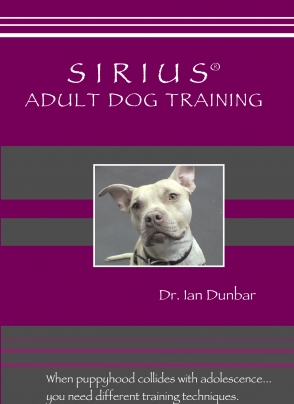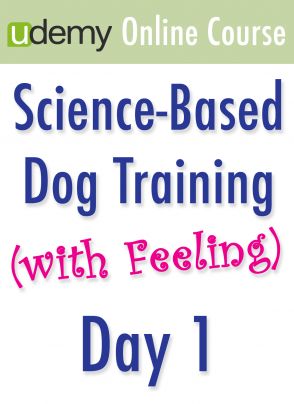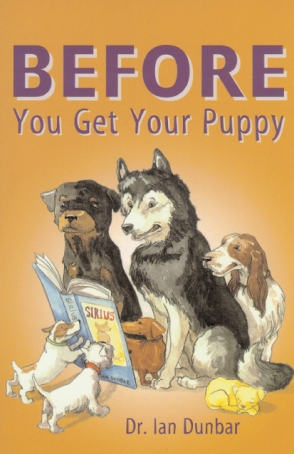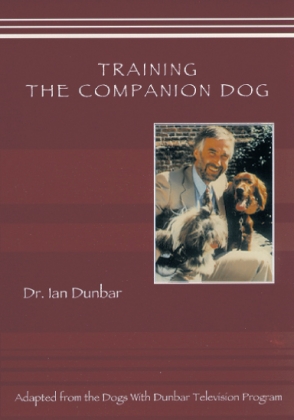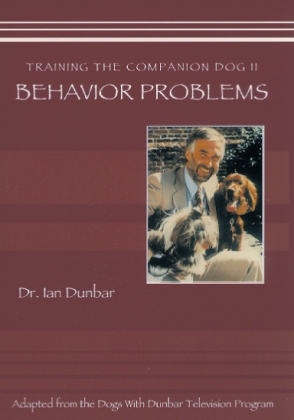When puppyhood collides with adolescence... you need different training techniques. Successful adult dog training requires controlling the dog’s energy and reactivity to regain attention.
Debating Terms vs. Training Dogs

“Words can only hurt you if you try to read them.” (Derek Zoolander) Or, of course, if arguing about words detracts from training dogs.
Having researched the development of domestic dog social systems for ten years, I know two things for certain: 1. Dog social structure is pretty darn complicated and 2. Most notions, discussions, and disagreements about the terms: alpha, dominance, hierarchy, rank and aggression are all largely irrelevant when it comes to training dogs. Moreover, moot debate, banter and badinage only delays us from training dogs.
Yes, dogs raised and living in social groups develop hierarchies and intra-male hierarchies are often linear. But there are different hierarchies for different contexts and there are soooo many exceptions to the basic social rules. Puppies have license to misbehave. A very low-ranking bitch may easily keep a juicy bone from a fairly high-ranking male. An underdog may rebuke an over-the-top reprimand from an older dog. Puppydogs get extra privileges if they have friends in high places. High-ranking and low-ranking dogs seldom fight. (No need to fight and very silly to fight, respectively.) Most fighting occurs between middle-ranking males, but even they don’t fight that much.
Is the hierarchy created by physical dominance? Almost never. Puppies of the same age may bluff and “fight it out” to establish relative rank as they grow up but obviously, adult dogs don’t fight it out with puppies. Is the hierarchy maintained by physical dominance? Rarely. That’s the whole point of having a hierarchy — to eliminate the need for disputes. Of course, that’s not to say that some individuals don’t try to push the rules. Of course they do. But, by and large, the hierarchy and harmony in the group is learned and maintained by the social status quo — developmental nolo contendre.
As Dr. Dodman says in his blog, dominance is different from aggression. Also, rank and hierarchy are not correlated with aggression. All the terms are different. And the more terms we come up with the more differences we illustrate. It would be an insult to dogs to try and describe or define their social structure, or any aspect of their temperament, in an encyclopedic tome, let alone in a blog. For some reason though, people (dog owners and dog professionals alike) always ask, “Why?” “Why did he do it?” People are just fascinated by etiology. Yet each term, reason, definition and category they come up with sparks oodles of objections and alternative opinions from others.
Debating dog social behavior is as fascinating as it is endless. However, we should never let this fascinating discussion detract from the immediate matter at hand — teaching dogs how to live harmoniously with their humans. I would not waste time debating a single term, let alone a number of terms, if it delayed me from training the dog and resolving the problem.
The search for “Why?” is particularly difficult in dog training, because dog behavior, training and temperament problems do not subscribe to the medical model, in which one always quests for a single cause to explain multiple presenting signs or symptoms. In dog training and behavior counseling however, we’re always searching for multiple causes for each single behavior. For example, a dog may bite because: 1. He takes time to warm to strangers, 2. He’s a bit wary of children, 3. He’s hand shy, 4. He’s tricky around his food bowl and 5. Maybe he’s having a bad hair day AND then, an unfamiliar child reached for his collar while he was eating from his food bowl. WHAM! Big bite.
Rather than wasting time trying to define and categorize the reason(s) for aggression, let’s just acknowledge and accept that “the dog bit the child,” and, if there was no physical damage (because the dog had learned good bite inhibition in puppyhood), let’s just as quickly as possible, resolve the problem. Let’s teach the dog, to love strangers, to love children, to relish being grabbed by the collar and to thoroughly enjoy company when eating. Problem solved. And now it’s time for the “Why Discussion” so that we can better prevent this type of scenario with other dogs in the future. It’s not as though these instances are unpredictable.
First resolving the problem and then debating possible etiology works well in dog training for two reasons: 1. The problem and resolution are both observable facts but discussions about etiology are merely supposition (debatable and unproven). 2. Most treatment protocols are pretty much the same regardless of the supposed cause(s) of aggression .
We must always separate fact from supposition. Behavior problems are observable and quantifiable. For example the dog bit the child three times but there was no mark on the skin. These are undeniable facts. Two witnesses saw the dog bite three times and the skin is neither marked nor punctured. Absolutely indisputable facts. And so, essentially, we are talking about a snap here. Similarly, the success or failure of training is observable and quantifiable. For example, after just three days of classical conditioning, the dog quickly approached the child, sat, accepted a food treat, and wagged his tail. Alternatively, we could say that after training, the dog continued to avoid the child and still growled and snapped whenever the child approached. The success of training is observable and quantifiable and so, lets get on with it. Similarly, lack of training success is also observable and quantifiable and so, if current training isn’t working, let’s change to Plan B and do something that does work. Successful training is finite and we can periodically evaluate progress. Discussing terminology tends to consume infinite amounts of precious time and energy.
Perhaps the most pressing reason not to delay training by arguing about words is that regardless of presumed etiology, many of our treatment exercises are going to be the same. I have special exercises for dogs that are food guarders for example, but by and large, I use the same routine with nearly every biting dog. I start with loads of classical conditioning and the Retreat & Treat exercise to get the dog to like me and build confidence. Once the dog accepts food from my hand (a huge temperament test in itself), I repeat come here-sit-down+treat over and over until the dog does it like clockwork. Just a two- or three-step recall with a quick sit and down. The dog increasingly builds confidence as he is repetitively rewarded for approaching and sticking close but also, I start to gain control… the dog comes and sits and lies down after I “command” him to come, sit and lie down. The dog is being compliant. But most importantly, the dog is being willingly compliant. And when dealing with biting dogs, I don’t want forced compliance (just another reason to bite me). Instead I want happy compliance. Also, I “command” him in a soft and loving voice. I request him to come and he willingly comes. Now we getting somewhere… time to locate his handling hotspots (ears, paws, collar, muzzle, rear end, hugging/restraint) and all the other things that give him the heebie jeebies (staring, quick movements, ugly face and loud gruff voices) and progressively desensitize them one at a time. By now, just a few hours into training, the dog is starting to trust us again and so, has no inclination to want to bite us.

